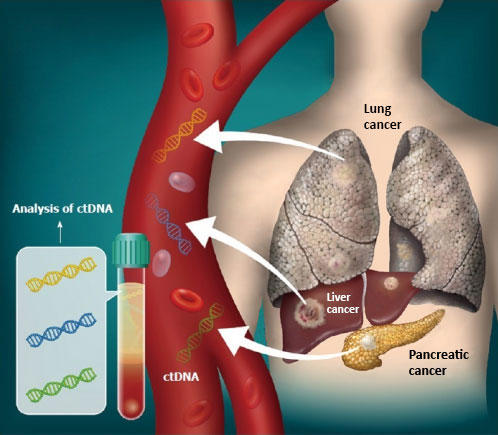- Euro area net saving increased to €861 billion in four quarters to second quarter of 2025, compared with €857 billion one quarter earlier
- Household debt-to-income ratio decreased to 81.5% in second quarter of 2025 from 82.8% one year earlier
- Non-financial corporations' debt-to-GDP ratio (consolidated measure) declined to 66.3% in second quarter of 2025 from 67.9% one year earlier
Total euro area economy
Euro area net saving increased to €861 billion (7.0% of euro area net disposable income) in the four quarters to the second quarter of 2025 compared with €857 billion in the four quarters to the previous quarter. Euro area net non-financial investment increased to €545 billion (4.4% of net disposable income), mainly due to increased investment by non-financial corporations (see Chart 1 below and Table 1 in the Annex).
Euro area net lending to the rest of the world decreased to €348 billion (from €389 billion in the four quarters to the previous quarter) reflecting net saving growing less than net non-financial investment. Non-financial corporations' net lending decreased to €99 billion (0.8% of net disposable income) from €158 billion, while that of households increased to €597 billion (4.8% of net disposable income) from €592 billion. Financial corporations' net lending was broadly unchanged at €93 billion (0.8% of net disposable income). General government net borrowing decreased, contributing less negatively (-€442 billion, ‑3.6% of net disposable income) to euro area net lending.
Chart 1
Euro area saving, investment and net lending to the rest of the world
(EUR billions, four-quarter sums)

* Net saving minus net capital transfers to the rest of the world (equals change in net worth due to transactions).
Data for euro area saving, investment and net lending to the rest of the world (Chart 1)
Households
Household financial investment increased at a higher annual rate of 2.6% in the second quarter of 2025 (after 2.4% in the previous quarter), see Table 1 below. Investments in shares and other equity (2.5%, after 2.1%), life insurance (2.2%, after 1.6%), and pension schemes (2.6%, after 2.3%) all grew at higher rates. The growth rate of investment in debt securities turned negative (-1.2%, after 3.2%), while currency and deposits grew at an unchanged rate (3.0%).
Households sold, in net terms, mainly debt securities issued by non-financial corporations, MFIs and government, while buying debt securities issued by other financial institutions and the rest of the world (debt securities issued by non-residents of the euro area), see Table 2.2 in the Annex. Households were overall net sellers of listed shares. By issuing sector, they were net sellers of listed shares of non-financial corporations, MFIs and insurance corporations, and net buyers of listed shares of other financial institutions and the rest of the world. Households further increased their net purchases of non-money market investment fund shares, while net purchases of money market fund shares remained broadly stable.
The household debt-to-income ratio[1] Calculated as loans divided by gross disposable income adjusted for the change in pension entitlements.
Table 1
Financial investment and financing of households, main items
(annual growth rates)
Financial transactions |
|||||
2024 Q2 |
2024 Q3 |
2024 Q4 |
2025 Q1 |
2025 Q2 |
|
Financial investment* |
2.1 |
2.3 |
2.3 |
2.4 |
2.6 |
Currency and deposits |
2.3 |
2.5 |
3.0 |
3.0 |
3.0 |
Debt securities |
30.3 |
17.4 |
8.3 |
3.2 |
-1.2 |
Shares and other equity** |
0.6 |
1.1 |
1.7 |
2.1 |
2.5 |
Life insurance |
-0.1 |
0.8 |
1.1 |
1.6 |
2.2 |
Pension schemes |
2.2 |
2.3 |
2.3 |
2.3 |
2.6 |






